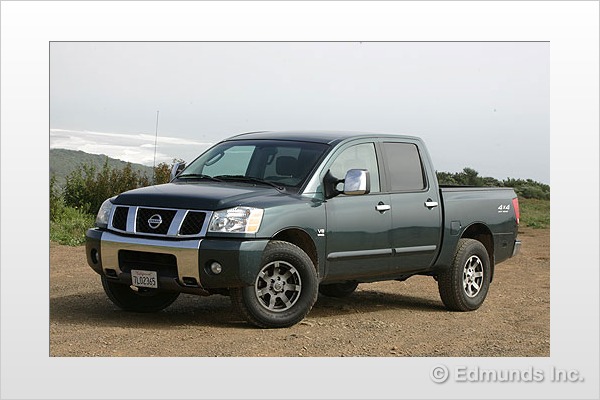
Click here for the most current information on EPA fuel ratings.
Consumers tend to think that the large black numbers on a car's window sticker, which list the EPA estimated fuel economy rating, are what they will actually get while driving that car. Unfortunately, this is another situation covered by the saying, "Read the fine print." The fine print says, in essence, actual mileage may vary depending on a whole lot of things.
What you as a car shopper need to know is that the gas mileage you get could be less. A lot less. Before you begin hatching some conspiracy theory involving oil companies, the U.S. government and carmakers, you should take a look at where these mileage estimates come from.
The government puts a lot of time and care into testing for fuel economy. And these estimates provide important information for comparing two vehicles. What critics say is that, as part of the test program, a number of assumptions were made about driving habits. Those assumptions are now outdated; hence the discrepancy.
New vehicles are tested by the manufacturer according to guidelines outlined by the EPA. The EPA in turn reviews the results and confirms 10 percent of the test results with additional testing in the National Vehicle and Fuel Emissions Laboratory (NVFEL), in Ann Arbor, Michigan. The cars are tested by putting the drive wheels on a "dynamometer," a machine that allows it to simulate driving conditions while remaining stationary. The car is tested according to two different "schedules" to produce the city and highway ratings posted on a car's window sticker. (Fuel economy ratings are also included on the "Specs" page of all the cars on Edmunds.com.) The two schedules are meant to simulate different styles of driving that would be encountered in the two types of driving:
City: The test is started with the car's engine cold. The car then is operated in such a way as to replicate 11 miles of stop-and-go rush-hour traffic. Periods of idling are included in the test; average speed is 20 mph and top speed is 56 mph.
Highway: This test represents 10 miles of a mixture of rural and interstate highway driving. The engine is warmed up before the test begins and the average test speed of about 48 mph is maintained. The top speed reached is 60 mph. No intermediate stops or idling are included in the test.
The EPA acknowledges that test results might differ from real-world fuel economy ratings. It prescribes the difference to — among other things — the fact that the test cars are in optimal mechanical condition and thus perform better. But by looking at the EPA's testing procedure, it is clear that the habits of today's drivers are not duplicated. On most highways, speeds of well over 60 mph are common resulting in much lower fuel economy ratings. Furthermore, although the EPA tried to duplicate city driving by introducing periods of idling, today's congested roads produce far more prolonged stops. For a more accurate, and up-to-date reflection of the real-world fuel economy delivered by different vehicles, we invite you to look at the results obtained by Edmunds.com's long-term testing program.
At Edmunds.com an important part of our long-term testing program is recording "real-world" fuel consumption. Our long-term test vehicles are driven by a different driver each month. Some drivers have a lead foot while other drivers are mellower. Over Edmunds' year of ownership (and typically 20,000 miles) these differences average out. Furthermore, each month, we record the best and worst mileage we have gotten.
We decided it would be interesting to pull out a sampling of different test cars that we have driven and compare the "real-world" figures to the EPA estimates. Hopefully, this will help you better interpret the numbers you will be seeing on window stickers the next time you go car shopping. We have included different vehicles to get the best possible cross section.
As this table shows, the average miles per gallon for every vehicle recorded by Edmunds.com drivers was lower than the low end of the EPA's estimate. It is important to note, though, that the vehicles cited above were driven mainly on city streets and were often in stop-and-go traffic. Furthermore, the Edmunds.com average was based on a variety of drivers. A single owner, with a more conservative approach to driving, could easily improve these numbers.
This information shows that, while car shopping, you should assume that your fuel economy will, as the fine print says, vary depending on conditions. However, it is safe to say that your average will be on the low end of what the EPA is predicting. Proceed accordingly.